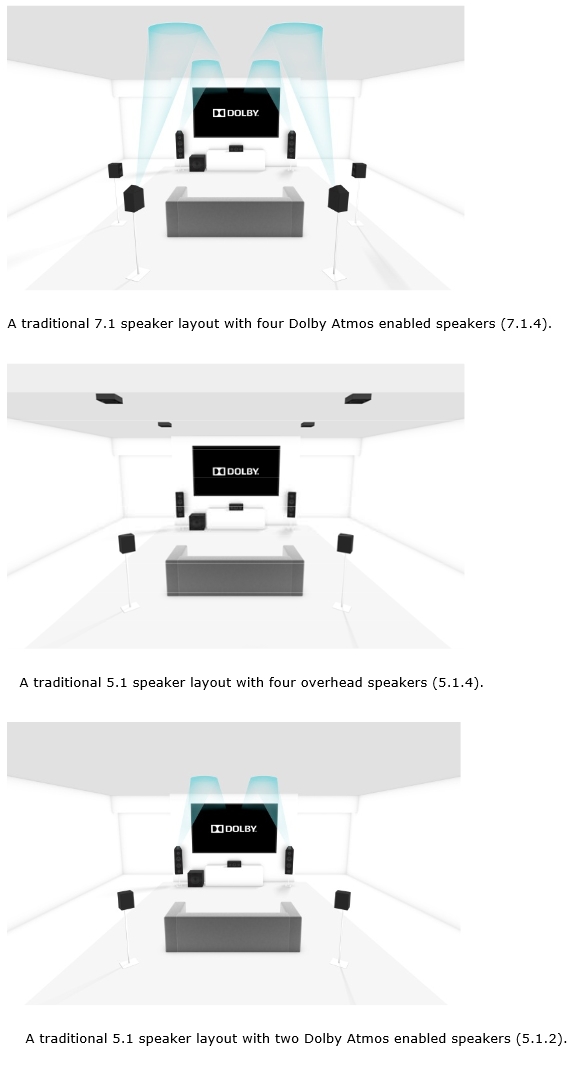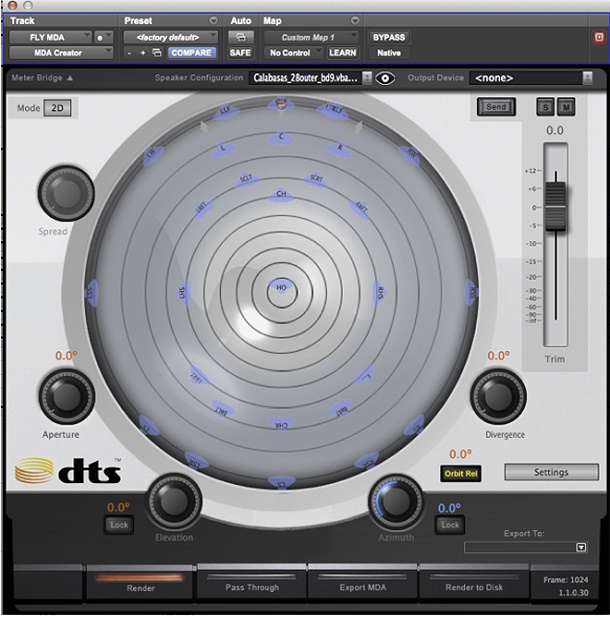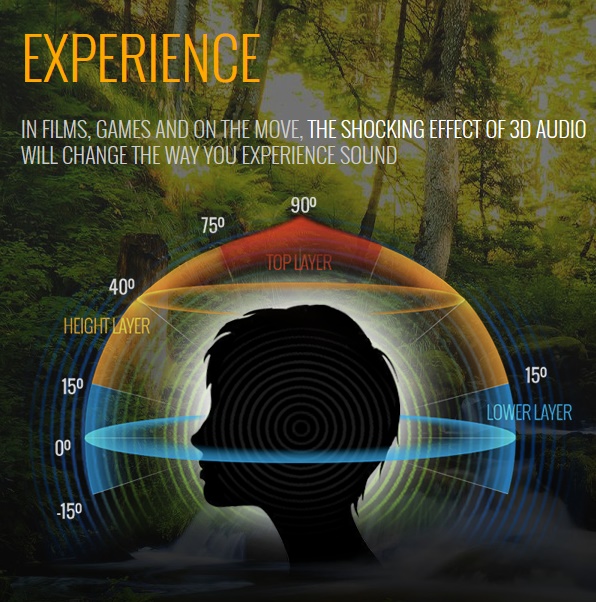New audio and video codecs are arriving by the train-load. Dolby Vision, Dolby Atmos, DTS-X, Auro-3D, Master Quality Authenticated (MQA), and whatever their competitors create (they are in a hurry to do that right now). New receivers and SSP’s for mid and late 2015 will have some, but not all, of these codecs installed. What will dominate your choice of the product: a past successful history of having that brand, or changing brands to get the codecs you want?
(1) Dolby Vision® relies on a photographic techinque called HDR, or High Dynamic Range. The current HDTV’s cannot deal with it. The next crop of TV’s, mainly 4K (actually, 4K refers to the movie theater standard, which is 4,096 x 2,160, while our home TV’s are called “UHD”, and their resolution is 3,840 x 2,160) will have 12 bit imaging, compared to 8 bit in the HDTV’s we have now (however, there is some argument that the new digital video images should only go to 10 bit, called HDR10: I hope the 12 bit choice is made). This will allow for a wider dynamic range in the image. But, the TV’s have to be able to show the very bright parts of the image, and still maintain absolute black levels, instead of being a dark gray. The new TV’s seem to have very good blacks, so I am not worried there. But, they also have to be able to put out much, much more brightness than older TV’s.
TV screen brightness is now measured in nits, which is a unit of brightness, equivalent to cd2/m (candellas per square meter). A typical LCD panel has a brightness limitation of 200-300 nits. Interestingly, your smartphone screen can put out 500 nits. Likely, we will have more brightness in our next TV, but not the ideal, to fully realize what Dolby Vision can do, which is to have a scene of something on fire, but the foreground has an object that is in between the fire and the camera, and we would be able to see the shadow details from the object, but also see the fire practically blinding us with brightness.
The movie theater image has a luminance (brightness reflected from the screen) of 14 fL (foot-Lamberts), which is 48 nits. Our home theater projectors have about 100 nits of brightness. There is an experimental display that puts out 4,000 nits. It requires 48 amperes of current to run it. Dolby Vision would like to have 10,000 nits available to it, but this is only a holy grail for now.
Below is an image shot with the Dolby Vision codec. The camera is inside a cave, shooting the scenery outside the cave. Notice that you can see detail inside the cave, up in the left and right hand corners. Without Dolby Vision, this shadow detail would be lost (it would be black).

(Image copyright Dolby.)
(2) Dolby Atmos® is a fancy name for 11.1. You will have the standard 7.1 speaker and subwoofer setup, and four additional channels for height. It can also be implemented using 5.1, 7.1, or 9.1. It just depends on what you want, and what your spouse is willing to put up with (more speakers).
Here are some example setups. Instead of calling them 5.1, 7.1, 9.1, or 11.1, they are called 5.1.4, 7.1.4, etc. It means seven conventionally placed speakers, and four on the ceiling, or four on top of your existing front and rear speakers, bouncing the sound off the ceiling. There are other combinations, with up to several dozen speakers, but these are for commercial theaters. Dolby Atmos makes possible such things as a jet flying overhead, or rain coming down from above you.

(Image copyright Dolby.)
(3) DTS:X® is DTS’ competing codec to Dolby Atmos. Again, it allows height to be introduced into the sound setup. However, depending on your choice, you can place the speakers in a variety of positions, not just height. This allows for extreme flexibility in a home theater room.
Of course, this depends on how the sound track was mixed. Here is a screen shot of the Dolby DTS:X mixing console. In this case, it is a 11.1 (7.1.4) setup.

(Image copyright DTS.)
(4) Auro-3D® is another “more speakers” codec. It takes the 5.1 setup and adds front height speakers, placed on the wall above your front left and right speakrers, and also two speakers on the ceiling. So there are three levels of sound, the top layer, height layer, and lower layer, as shown below.

(Image copyright Auro Technologies.)
Is your mind boggled yet? Well, here is another new feature to keep you awake at night:
(5) Master Quality Authenticated (MQA)® was developed by Meridian (remember Meridian Lossless Audio?). It is designed as a streaming format to help with the problem of streaming high resolution music, such as 24/96, since high res requires high bandwidth. Streaming these high resolution formats at present can result in dropouts because of the large amount of bits per second that are being streamed.
The stream is a constant 24/48 format, and the way it works is by “folding” the 96 into the 48. This is, according to Meridian, lossless. The codec can handle 24/384, but above 24/96, it is lossy. However, no matter which of the high resolution formats are used, even with lossy results, it will still sound better than standard Redbook CD (16/44.1).
This gives us a standard streaming codec (24/48) for all resolution formats, and can easily be streamed even in difficult situations (streamer downstairs, receiver up on the third floor at the opposite end of the house.
The Question:
All of these formats are already in use at commercial theaters, and/or coming in receivers by this summer. However, it is likely that no one receiver or SSP will have all five of these codecs as part of their feature set. So, what will you choose, assuming you will buy a receiver soon? If you have an older receiver that has served you well, maybe you will buy the new generation of that brand and accept whatever combination of the codecs that are in there. Or, if you are adventurous, perhaps you will go out and listen to all of the codecs at your local store, and watch Dolby Vision at commercial theaters, then choose a receiver that has the combination you want.
In any case, I have never seen a time in the life of home theater technology, where so many new features are arriving at about the same time. It’s quite an anxiety-provoking situation, and there will undoubtedly be a lot of buyer’s remorse. Fortunately, there is significant overlap in Dolby Atmos®, DTS:X®, and Auro-3D®, so one of those, plus Dolby Vision® and MQA® may not be so difficult to locate.
Good luck!
John E. Johnson, Jr.
Editor



